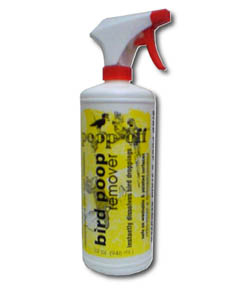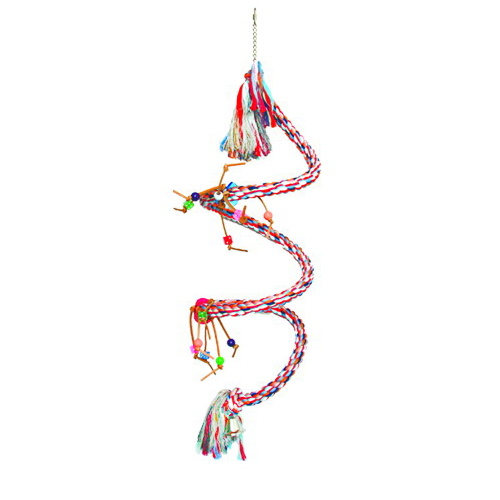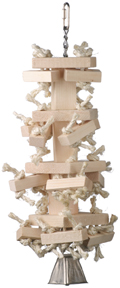Categories
- 10 Dollars and Under
- 5 Dollars and Under
- Avian Wear (Human and Feathered)
- Avitech
- AVIX Products
- Bees Wax Candles
- Bird Beds
- BIRDCARE Company Supplements
- Birdie Breads / Cookies
- Birdie Mashes
- Books / DVDs / Clickers
- Cage Accessories and Liners
- Cages
- Christmas Ideas
- Dishes, Bottles, Skewers
- Egg Food, Cuttle / Mineral
- Gift / Personal Items
- Gift Certificates
- Goldenfeast Gourmet Blends
- Hand Rearing / Nesting Supplies
- Harnesses / Travel Carriers
- Health / Wellness / Grooming
- Lighting / Lamps
- Lory Diets
- Molly's Bird Toys
- Nutritional
- Organic / Sprouters
- Parrot Greeting Cards
- Pellets
- Perches & Swings
- Perches FLAGSTONE
- Pest Control, Disinfectant Clean
- Pet Memorial
- Play Stands, Trees, Hanging Gym
- Poultry
- Ribbons &Bows, Doggies & Critter
- Seeds
- Snacks & Treats
- Toy Parts
- Toys
- Toys For the Feet
- Twin Beaks
- Window Decals
- Wingdow Seats
- Featured Products ...
- All Products ...
Manufacturers
Information
More Information
Giardia
GIARDIA IN BIRDS |
|
Description: Although all birds are susceptible to Giardia infections most at risk are cockatiels, budgerigars, lovebirds, and Grey-cheeked parakeets. Transmission: Symptoms: Dry skin and feather picking is typical in budgerigars and cockatiels suffering from Giardiosis. Using the AloeVera Spray can help with dry skin and feather plucking. Prevention: Prevent overcrowding in the aviary. Isolate and quarantine all new birds as well as any infected birds. Diagnosis: |
Important Links
- A Bit About Us
- A Guide to the Selection of Safe Toys for your Bird(s)
- Amino Acids
- Common Problems that can Happen with Baby Chicks
- Birdcare Simple System
- Fruits
- Giardia
- Goldenfeast Gourmet Blends Ingredients Listing
- Guardian Angel
- Minerals
- Nuts
- Substances Toxic to Our Birds
- The Basic Nutrients
- Toxic and Non Tox Plants Shrubs Trees
- US to Metric Conversions
- Vegetables
- Vitamins
- Volkmans Label Ingredients
- Flight Suit Sizing Chart




